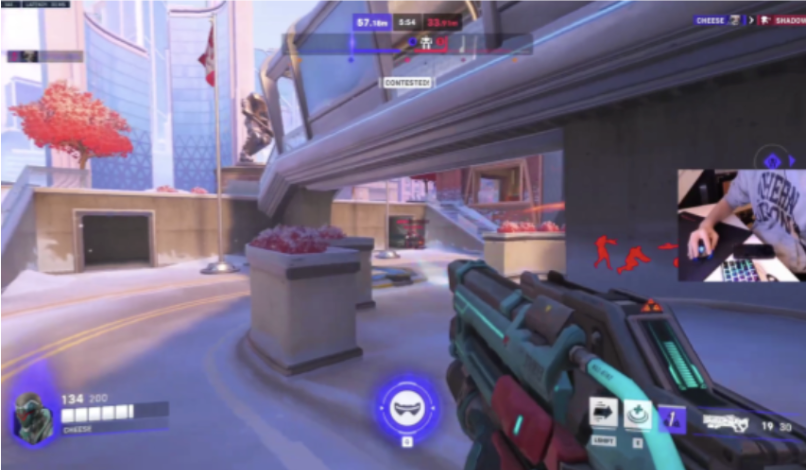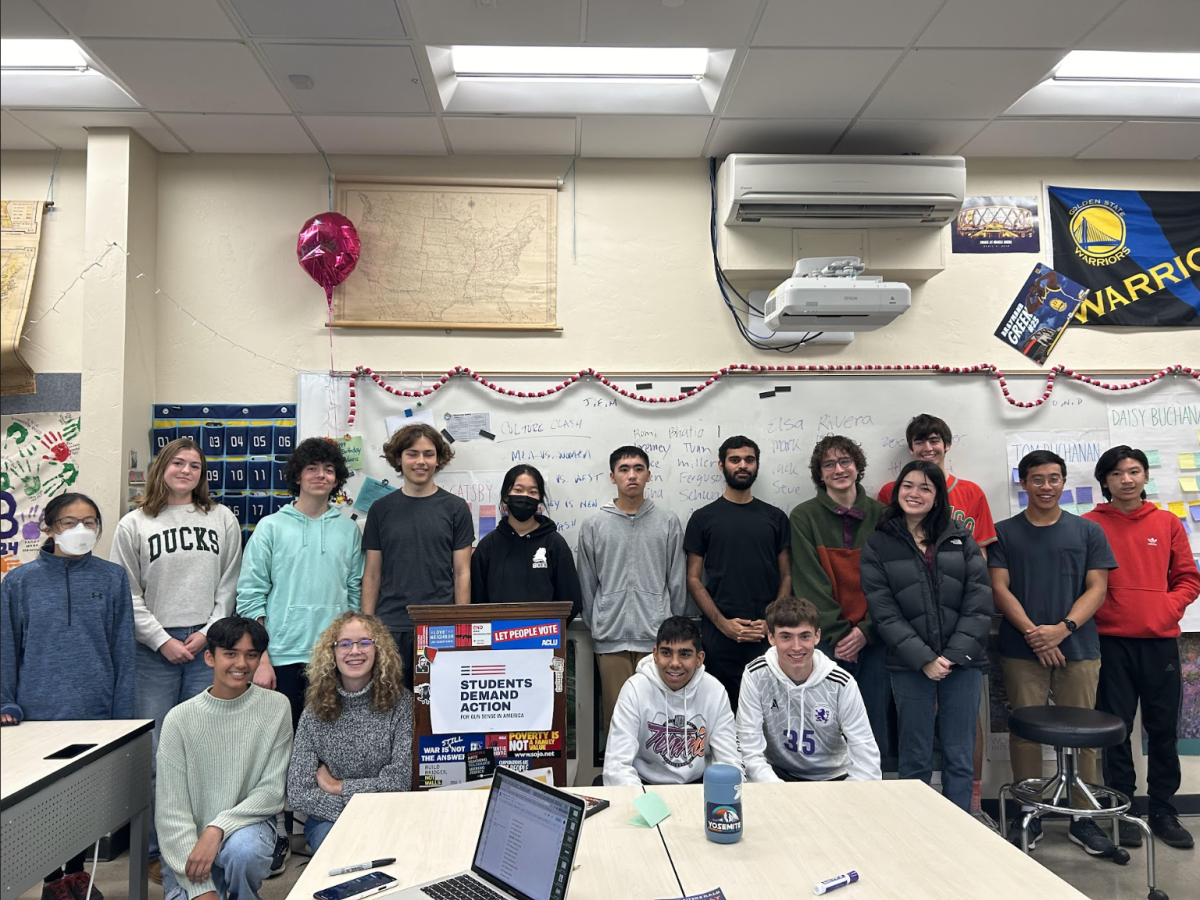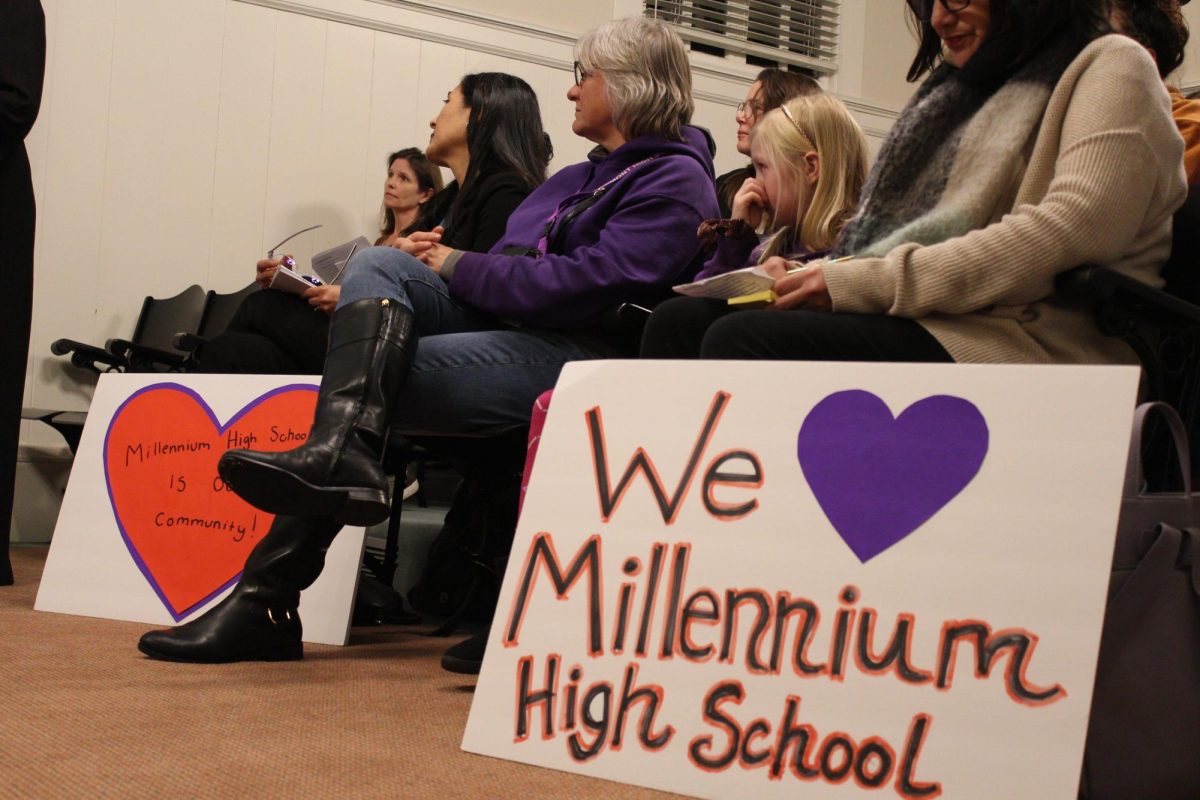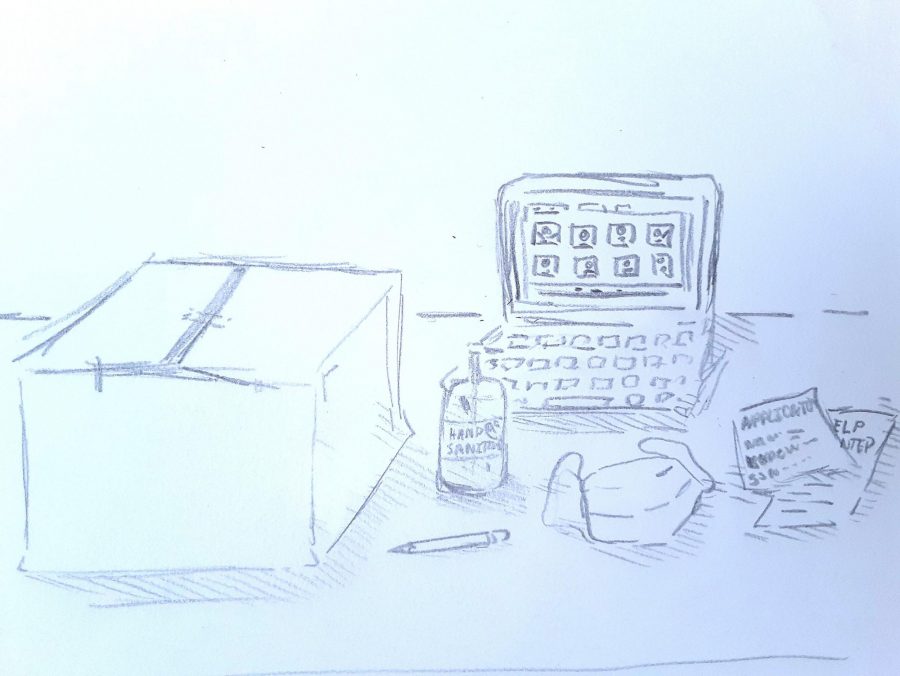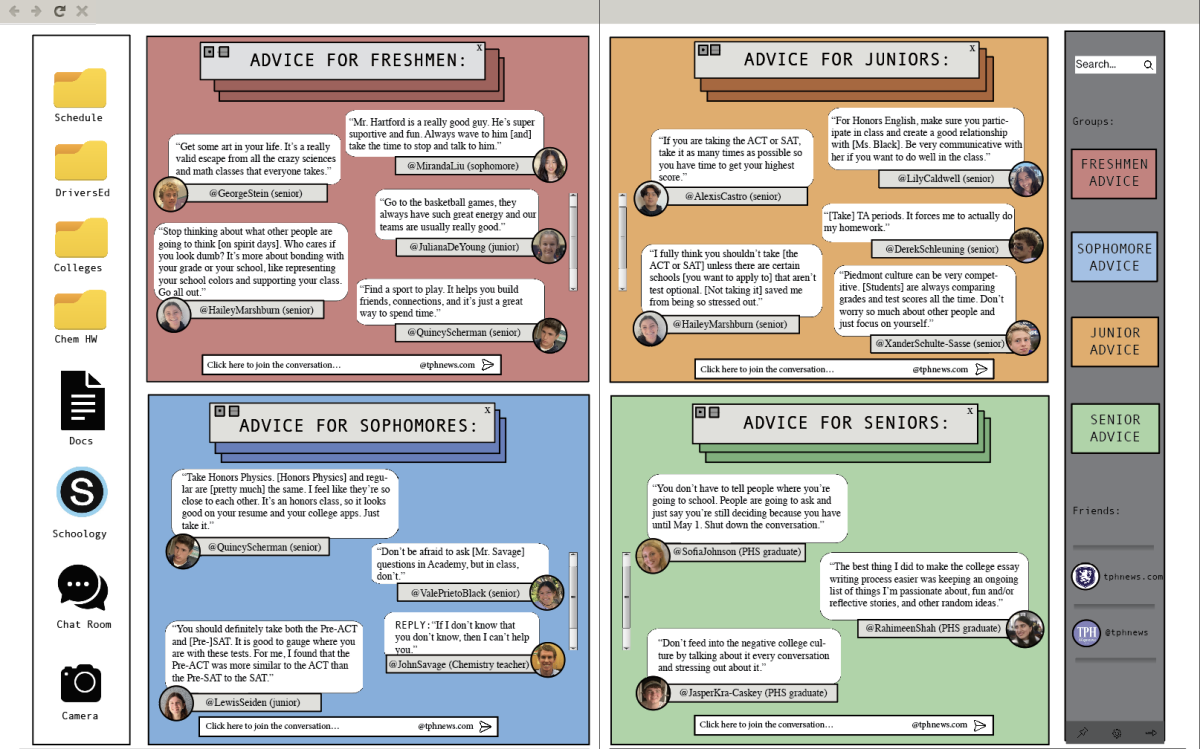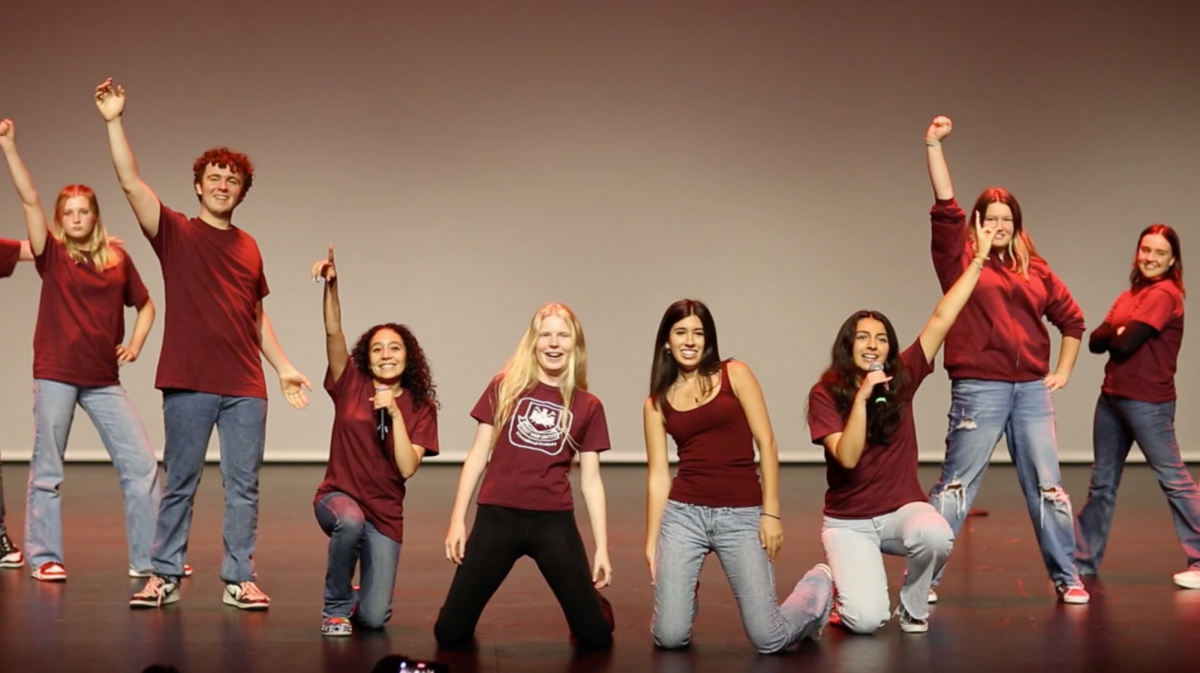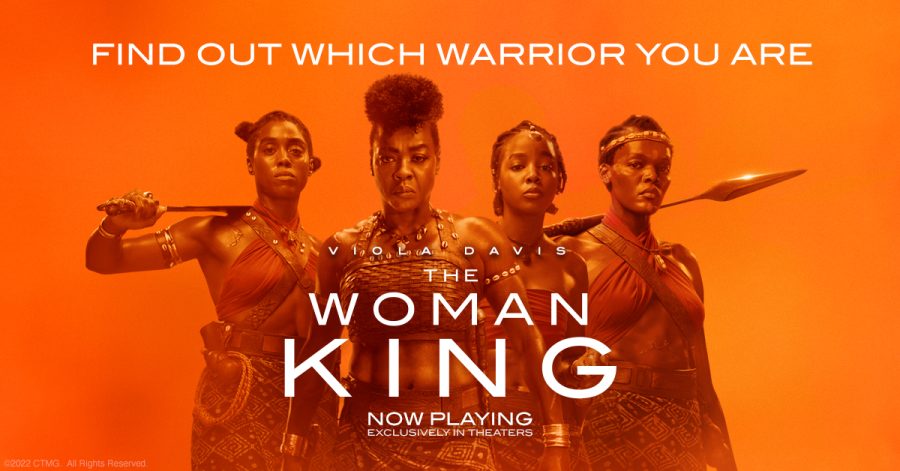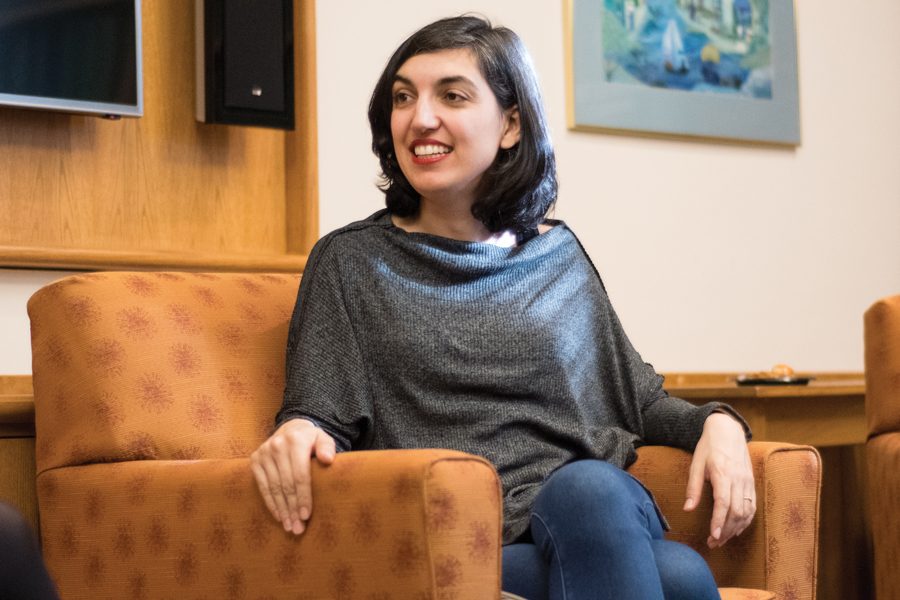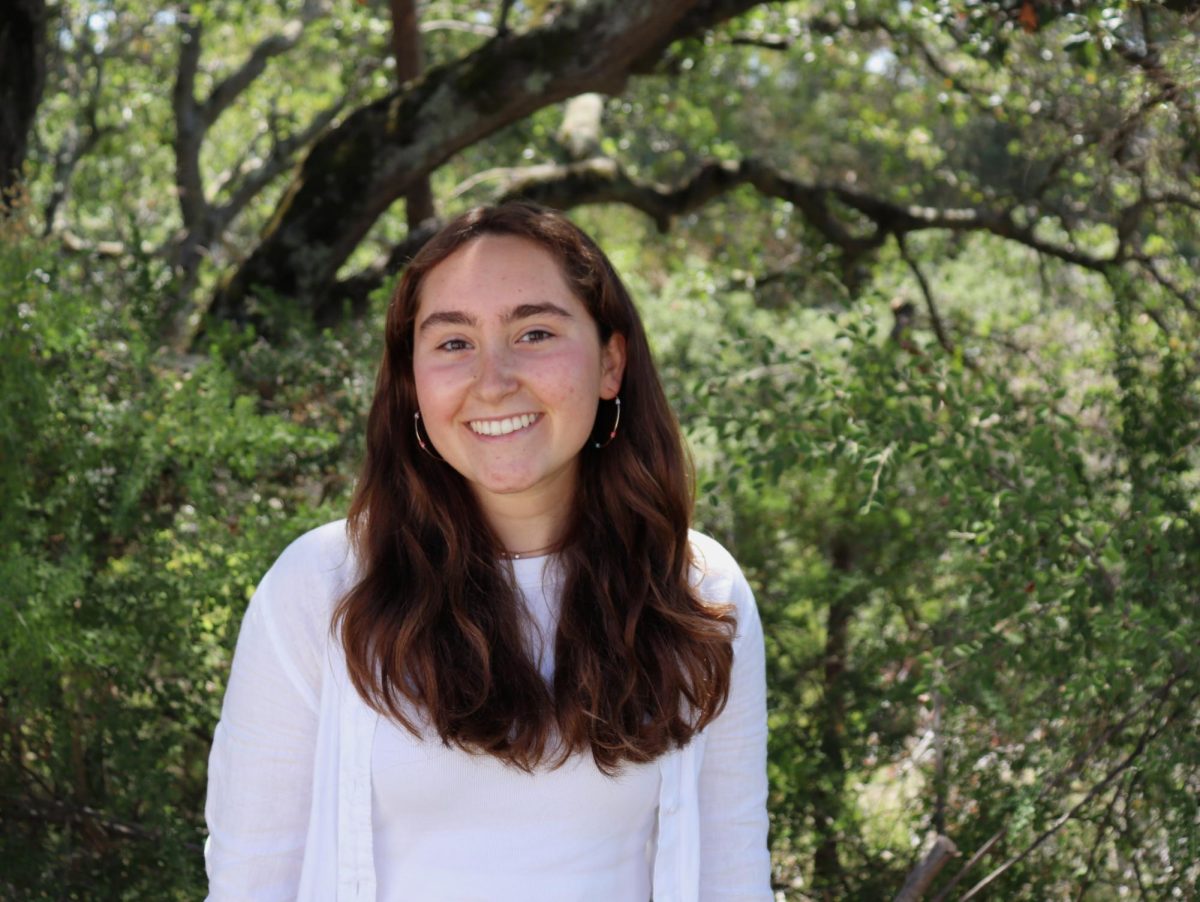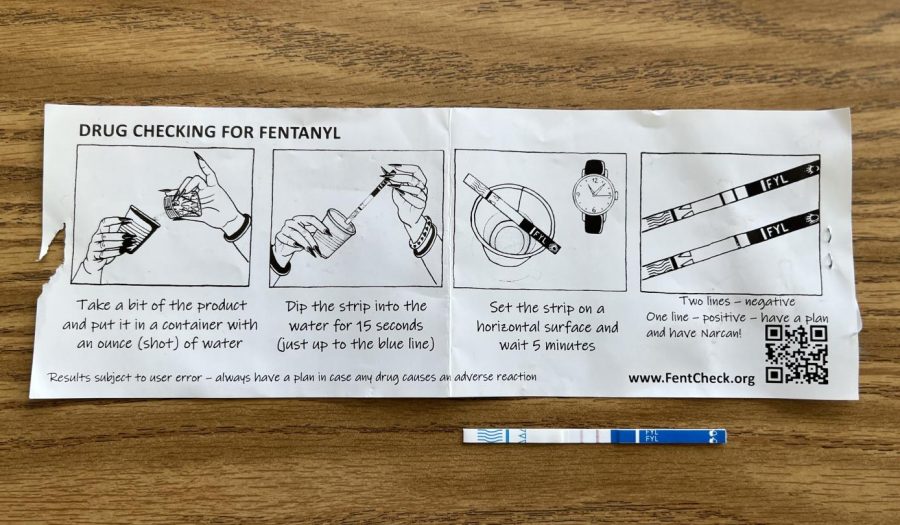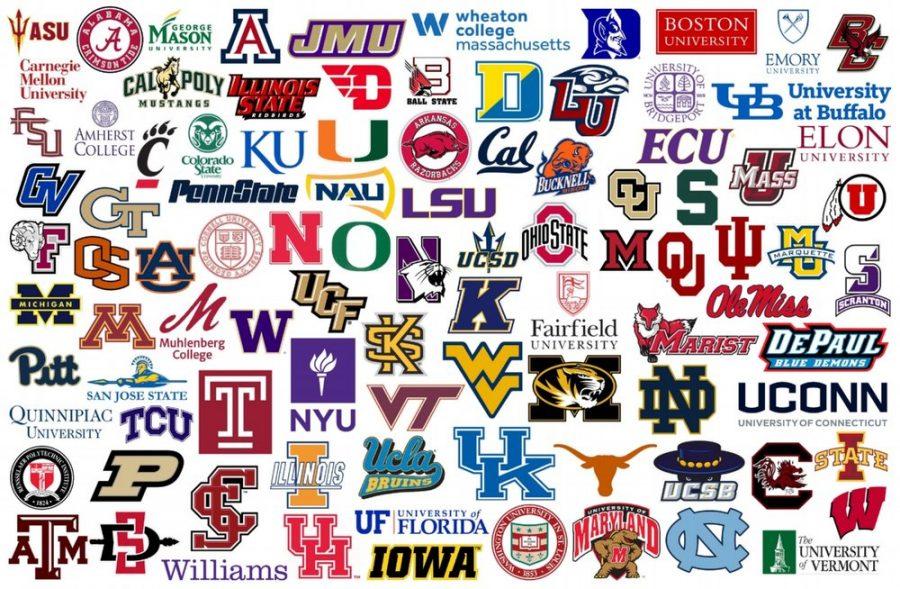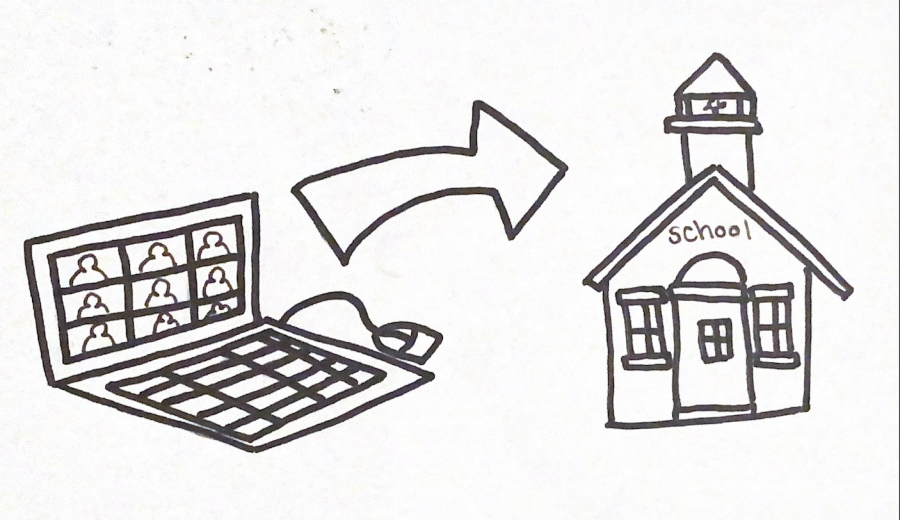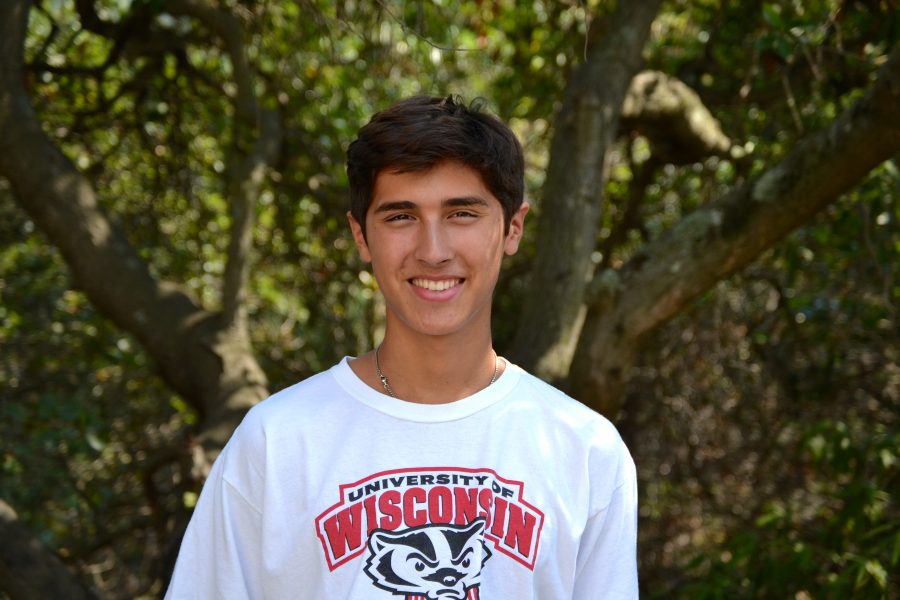The gender balance in computers courses at PHS reached a 45 percent female to 55 percent male ratio this year, the closest yet to the goal of equilibrium.
Computers teacher Nathan Mattix and computers teacher and technology coordinator Jana Branisa said that over the past few years, the computer science education community has discussed ways to bring more gender balance into the program, aiming for an equal number of young women and men in all computers classes. The past numbers have reflected about two-thirds young men and one-third young women in the upper-level computers courses with those numbers flipped in the pre-requisite courses.
“The new approach was to change the way computers are taught, teach a variety of things that would appeal to everyone, and to give choice as to what they want to program,” Mattix said.
Mattix said that when he was teaching ten years ago, the two sections of programming contained two girls among 60 total students, typical for AP classes.
“That trend changed very slowly,” Branisa said.
Senior Zoe Levin is currently in AP Computer Science A, and also took AP Computer Principles and a summer joy of computing course.
“In the past few years, I think we’ve definitely seen an increase in people advocating for women in STEM and especially women in computer science.” Levin said. “I think that you can see that in the gender ratios and classes today.”
Another big contributor to the increase of young women in computers at PHS is the new AP Computer Principles course, which was designed to increase the involvement of underrepresented groups, specifically women, in computer science, Branisa said.
“The purpose of the AP Computer Science Principles course is to open doors to people,” Branisa said. “These courses are so much more than just coding.”
Levin said that knowing there is more to computers than just coding and that there are other strong women succeeding in it is compelling. Levin’s mother majored in computer science and now works for Pixar.
“I think having that sort of positive force in my life showed me that that is a field that I can succeed in, especially because back then she was one of the few women majoring in computer science,” Levin said. “She has been a source of motivation and inspiration for me.”
Branisa said she sees a community of strong women involved in computers in the community, resulting in more young women who are willing to take a risk and give computers a try.
“You learn by example a lot more than just telling,” Levin said. “It’s a lot more effective for somebody to see a strong female figure in computer science than to have a male teacher tell them that there are women in computer science.”
Branisa and Mattix said that the overall increase is an accomplishment, especially because gender balance in computers is large-scale and PHS is ahead of the national trend.
“[The change] didn’t just happen,” Mattix said. “It was a concerted effort on the national level.”
Mattix said he went to a meeting at the National Science Foundation several years ago, and they discussed the gender ratios as a national issue. Mattix said that the research found that computers courses were being taught on topics and in styles that appealed to men more than women. For example, the previous curriculum involved programming games like space invaders or racecars and other themes often marketed towards males.
“Emphasizing creativity and problem solving in the beginning computers courses, not just syntax and dry stuff, gets a broader appeal,” Mattix said.
Mattix said that computer courses were influenced by the nearby University of California research so that moving forward, courses became more centered around giving all students, regardless of gender, the opportunity to use coding and computer literacy to design their own creations.
“There’s not just a shortage of girls, there’s a shortage of everybody in computer science,” Mattix said.
Branisa said moving forward, there should be upper-level semester courses offered, such as a robotics or a networking course, and other special topics that cater to specific interests and may encourage students to sign up for computer science courses.
“We are getting close,” Branisa said. “And that’s exciting.”



